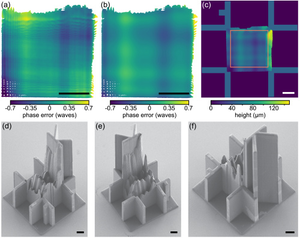Active energy compression of a laser-plasma electron beam
| Radio-frequency (RF) accelerators providing high-quality relativistic electron beams are an important resource enabling many areas of science, as well as industrial and medical applications. Two decades ago, laser-plasma accelerators that support orders of magnitude higher electric fields than those provided by modern RF cavities produced quasi-monoenergetic electron beams for the first time. Since then, high-brightness electron beams at gigaelectronvolt (GeV) beam energy and competitive beam properties have been demonstrated from only centimetre-long plasmas, a substantial advantage over the hundreds of metres required by RF-cavity-based accelerators. However, despite the considerable progress, the comparably large energy spread and the fluctuation (jitter) in beam energy still effectively prevent laser-plasma accelerators from driving real-world applications. Here we report the generation of a laser-plasma electron beam using active energy compression, resulting in a performance so far only associated with modern RF-based accelerators. Using a magnetic chicane, the electron bunch is first stretched longitudinally to imprint an energy correlation, which is then removed with an active RF cavity. The resulting energy spread and energy jitter are reduced by more than an order of magnitude to below the permille level, meeting the acceptance criteria of a modern synchrotron, thereby opening the path to a compact storage ring injector and other applications P. Winkler et al. |  |








